
What Is Lactose Intolerance?
Lactose is a natural sugar that is found in dairy products (such as milk, cheese, yogurt and ice cream). The process of lactose digestion occurs in the small intestine. Lactase is an enzyme that divides lactose into two simple sugars - glucose and galactose. Lactose intolerance occurs when body cannot produce enzyme lactase. The result is that some undigested lactose passes into the large intestine where bacteria breaks down lactose and produce lactic acid, carbon dioxide and hydrogen gas. This can cause bloating, cramping and gas. Large concentration of lactose in the colon draws water into the intestine. This is the cause of watery diarrhea.

Which Products Contain Lactose?
Lactose can be found in milk (about 12 g/ 250 ml) and yogurt (about 8 g / 200g). Also, lactose can be found in cheese, creamy cheese, ice cream, milk chocolate etc. In addition, sour cream and butter contain lactose. Milk and milk products are the main sources of lactose, but they are also the main sources of calcium. Therefore, their removal from the diet may increase the risk of fractures, osteoporosis and hypertension. People who have lactose intolerance should gradually remove milk and all dairy products from their diet. Of course, it is necessary to increase the intake of other food sources that contain calcium and vitamin D, in order to prevent fractures and osteoporosis.

How Do You Know If You Are Lactose Intolerant
Manifestations of lactose intolerance are typical. Symptoms occur shortly after intake of lactose. Light forms of intolerance are manifested as abdominal pain, bloating and gas occurrence. Severe form of intolerance is manifested as diarrhea with frequent acidic stools. Diarrhea can lead to body dehydration, a condition that can be very dangerous, especially in young children. You probably have lactose intolerance if you notice listed symptoms after eating foods containing lactose. It is important to mention that allergy to milk and other dairy products can cause similar symptoms. Therefore, it is important to do further diagnostic procedures, in order to be able to confirm the diagnosis of food intolerance.

How To Diagnose Lactose Intolerance?
If you recognize symptoms that may resemble symptoms of lactose intolerance, it is important to contact a medical expert. Similar symptoms can occur in celiac disease and allergy to milk. Therefore, accurate diagnosis is essential to ensure proper treatment. Doctor should do physical examination and determine further diagnostic methods. Some of the tests used in the diagnosis of lactose intolerance are: hydrogen breath test, stool acidity test, blood test, lactose intake (lactose tolerance test), intestinal biopsy etc. Determination of proper diagnosis is important, because there is no need that person avoids foods which contain lactose if she/ he is not lactose intolerant.

How To Perform Hydrogen Breath Test?
Hydrogen breath test involves intake of fluids with high level of lactose. If person is intolerant to lactose, then body cannot produce enzyme lactase. Undigested lactose passes into the colon where bacteria breaks down undigested lactose. This process is called fermentation. During fermentation carbon dioxide and hydrogen are released. Small intestine absorbs hydrogen. Blood carries hydrogen to the lungs. Then, 15 minutes after lactose intake, you should blow into balloon. The air from balloon is analyzed for the presence of hydrogen. Higher values of hydrogen indicate intolerance to lactose or presence of pathogenic bacteria in the intestine. During this test, the level of hydrogen is measured at intervals of 15 minutes.

A Blood Test Is Also A Good Way To Find Out If Are You Lactose Intolerant
Lactase breaks down lactose into glucose and galactose. Glucose and galactose are absorbed and increased values of glucose in the blood can be detected after a meal. However, lactose is undigested if body does not produce lactase (lactose intolerance). So, there is no elevation of glucose in blood after a meal. Lactose tolerance test is based on this simple fact. Tested person should drink liquid that contains lactose. The sample of blood is taken before lactose intake. Higher levels of glucose will be found in the blood sample after lactose intake if person is able to digest lactose. The blood glucose level should not be increased after the test if person is lactose intolerant.

Stool Acidity Tests Are Used To Diagnose Allergy In Infants
Lactose intolerance can be congenital. Congenital lactose intolerance is rare inherited disease. Also, the cause of food intolerance may be immature digestive tract. Infants cannot be exposed to complicated diagnostic procedures, especially if they have to interactively participate. Therefore, stool acidity test is suitable for the diagnosis of lactose intolerance in infants and children. Undigested lactose reaches the colon, where bacteria break down undigested lactose. During this process, lactose is broken down into hydrogen, water, lactic acid and other acids. This leads to elevated acidity level in the stool. Increased acidity in stool after lactose intake is the proof of lactose intolerance.
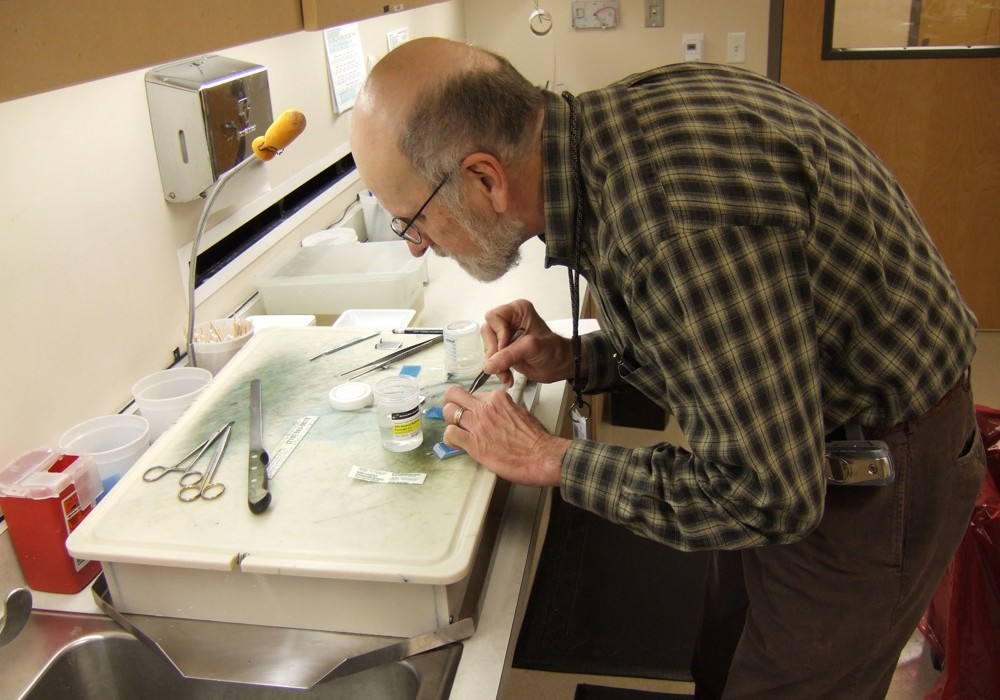
The Last Test Used Is Intestinal Biopsy
Intestinal biopsy involves taking small sample of intestine tissue. The cells of the small intestine produce lactase, the enzyme that divides lactose into two simple sugars - glucose and galactose. Lactase deficiency is the cause of lactose intolerance. Analysis of tissue samples shows whether the cells of small intestine can produce lactase or not. This test is rarely performed because it is an invasive procedure. In addition, it takes a highly specialized laboratory to do such complicated analysis. There are simple tests for diagnosis of lactose intolerance and therefore intestinal biopsy is performed mainly in the clinical trials. Also, biopsy is performed in rare cases when it is impossible to prove lactose intolerance through other tests.
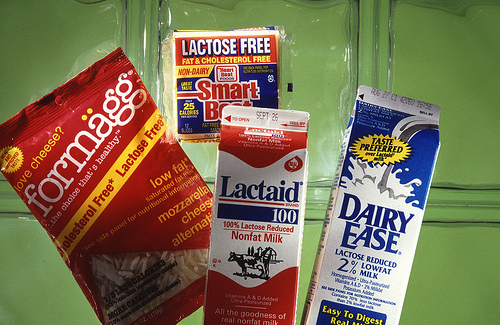
Things To Do To Manage Lactose Intolerance
In severe cases of intolerance, people should completely avoid to eat foods that contain lactose (milk and dairy products). However, the avoidance of dairy products can lead to osteoporosis due to the lack of calcium in nutrition. Therefore, people should eat foods that contain calcium (canned salmon, broccoli, calcium-fortified products, milk substitutes such as soy milk and rice milk, oranges, spinach). In the lighter form of lactose intolerance, people should include dairy products with small amount of lactose (hard cheeses). Also, a small amount of lactose can be eaten per day in order to gradually adjust body to digest lactose.
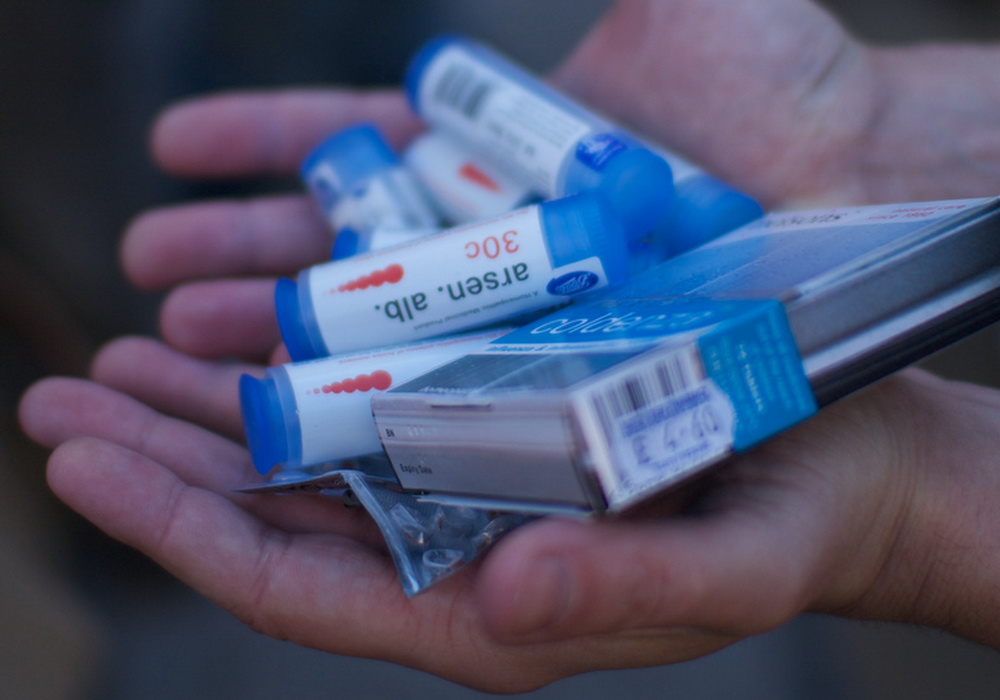
Some Usefull Tips For The End
People who are lactose intolerant should pay attention to food in which we do not expect the presence of lactose If you consume food that contains lactose, then you should eat it with other foods. This procedure dilutes the concentration of lactose. Therefore, lactose could be easily digested in the intestine. You could use tablets that contain the enzyme lactase You should look for dairy products that are lactose-free You should use probiotics (beneficial bacteria cultures). Probiotics can be found in yogurt and other dairy products. These beneficial bacteria can help in the digestion of lactose in the intestines.




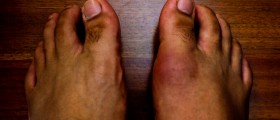




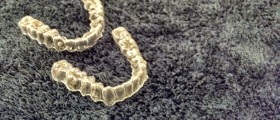
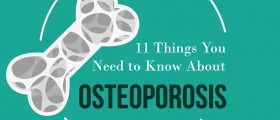

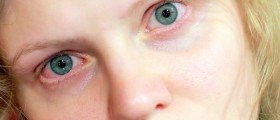

-Causes,-Symptoms-And-Diagnosis_f_280x120.jpg)

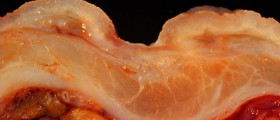









Your thoughts on this
Loading...